Science
Process designed by nature
The process takes a single microbe, one of the billion different ones found in nature, and grows it by fermenting it, which is also called a bioprocess. We feed the microbe like you would feed a plant, but instead of watering and fertilising it, we use mere air and electricity. With our current process, this is 20x more efficient than photosynthesis (and 200 times more than meat).
By using fermentation to grow protein, the bioprocess of our first protein product Solein® may not be traditional, but it is natural. And the best part? It won’t run out.
Our production process consists of the five following steps:
- RAW MATERIALS
- NATURAL BIOPROCESS
- HARVESTING
- PROTEIN POWDER
- FOOD
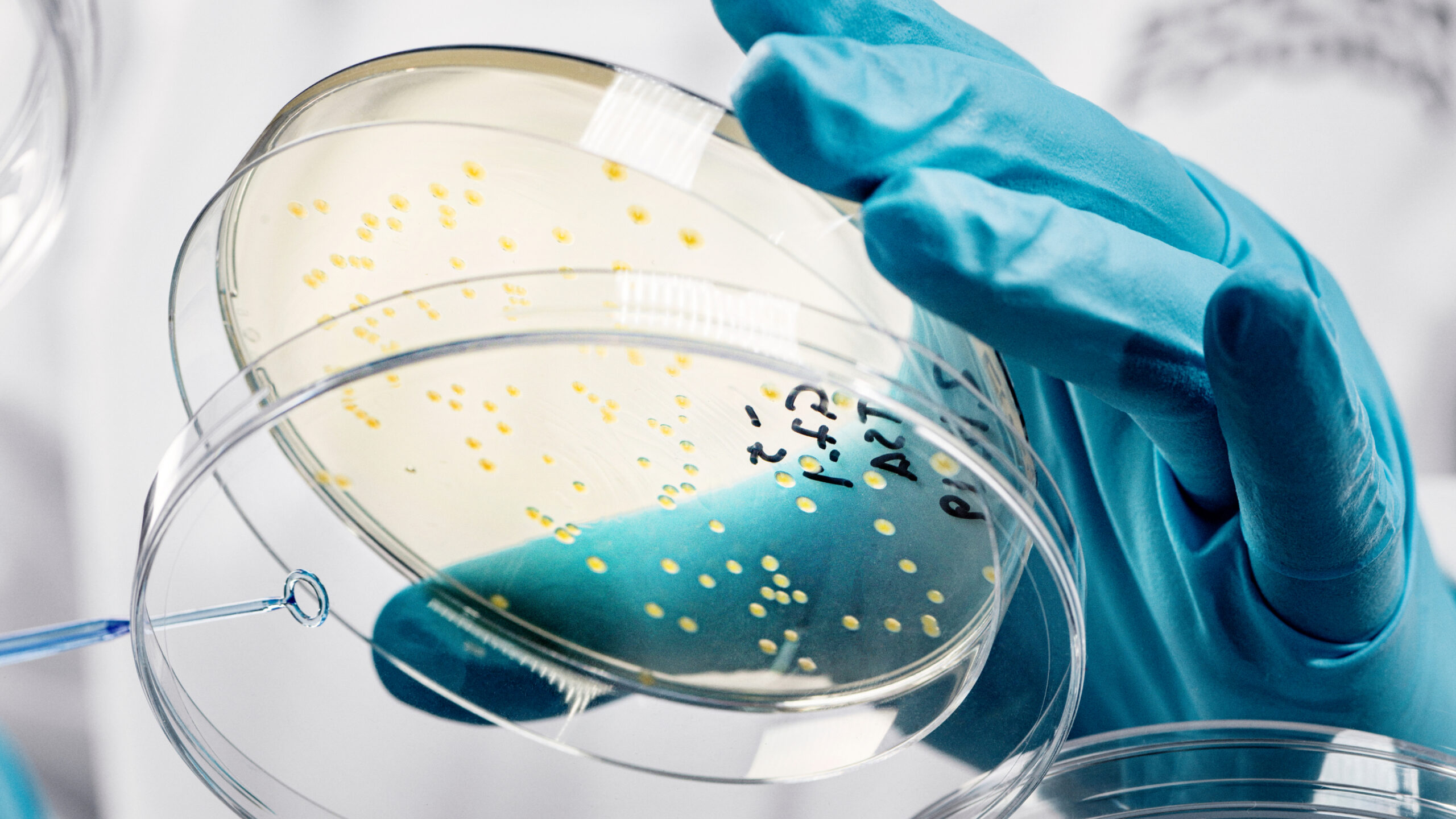
1. Raw materials
A single microbe
Our solution is not a plant or an animal. Instead, it’s a non-modified microbe, one of the billion different ones found in nature. And it is completely natural even though it is not grown traditionally.
Air
The microorganism grows like a plant but instead of water and soil, we feed it with electricity and the main ingredients captured from air: carbon, hydrogen, oxygen and nitrogen.
Renewable energy
We use electricity to split water from air into hydrogen and oxygen. Thanks to renewable power, the efficiency from electricity to calories is about 20%. This means that Solein is 100 times more efficient in converting energy to calories than animals.
Nutrients and minerals
A few percent of the end-product consist of inorganic nutrients, such as phosphorus and calcium, which cannot be taken from the air.
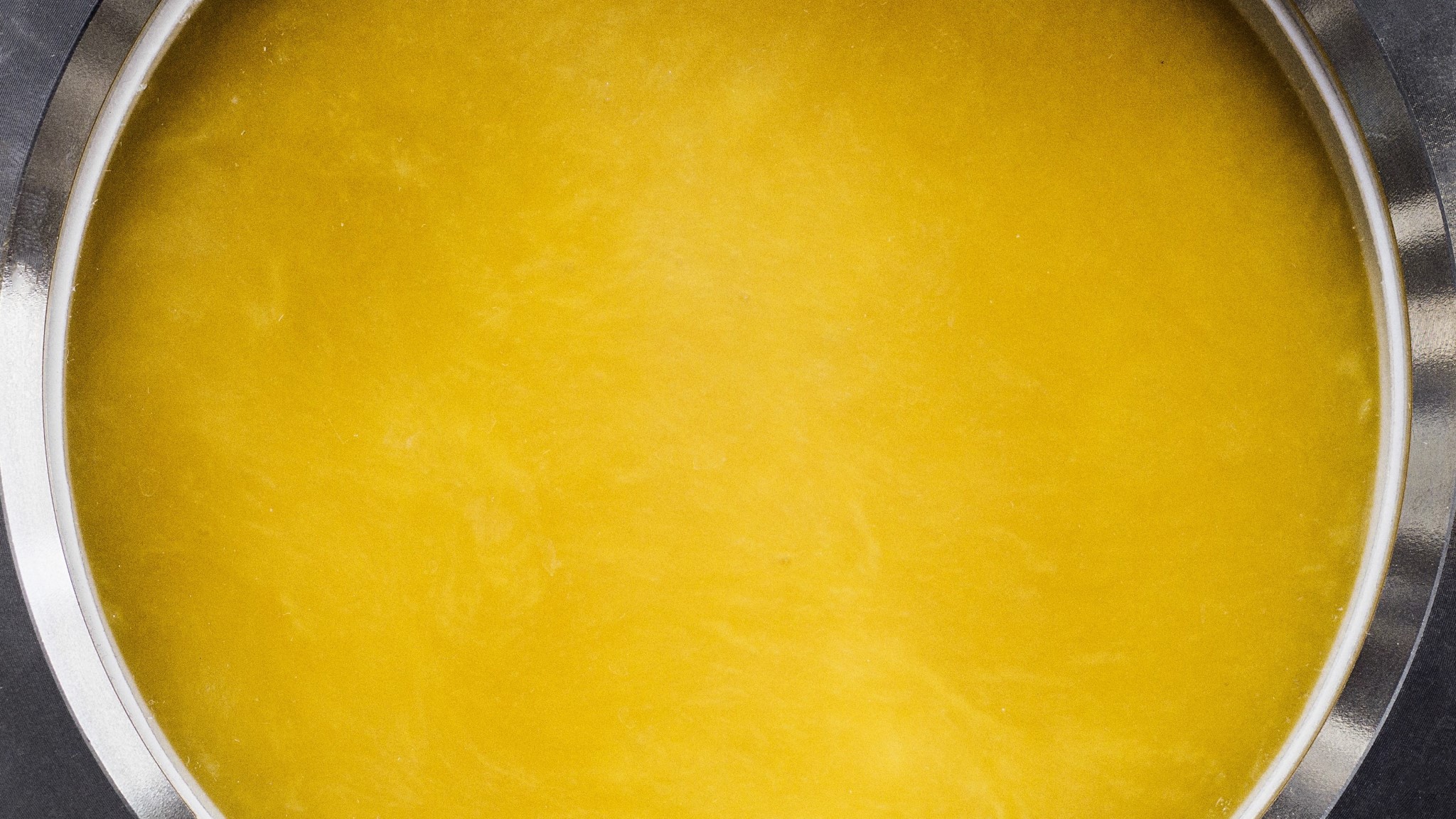
2. Natural bioprocess
Humans have used fermentation for thousands of years, brewing beer and making wine with yeast. We use the same process but instead of sugar and yeast, we split water from the air for the microorganisms to live in. Next, we feed them tiny bubbles of CO2 and nutrients, like nitrogen, calcium, phosphorus, and potassium – the same nutrients that plants absorb through their roots from the soil. The microorganisms grow and multiply in a process that is 20 times more efficient than photosynthesis.
Best part is that this bioprocess is scalable. With our first large production facility, Factory 01, the science stays the same but the results rise to a new level.
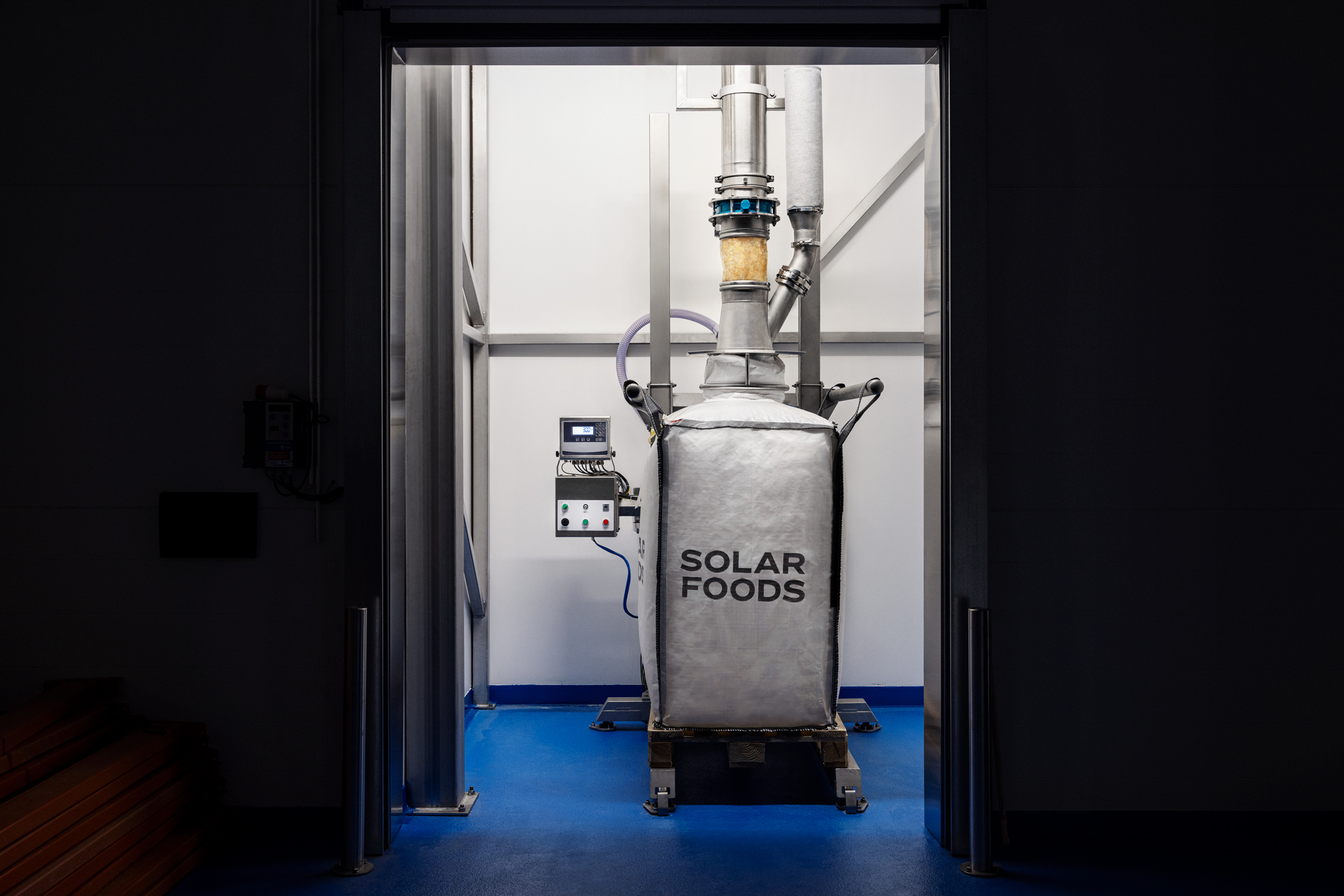
3. Harvesting Solein
As the microorganisms multiply in the water and the liquid grows thicker, some of the slurry is continuously removed and dried up. The resulting dry powder is Solein: it’s made up of whole cells that are up to 70% protein.
Solein is a novel food: nothing like it has ever been available for commercial use before. Growing and harvesting single cells from nature for food was not possible for hunter-gatherers 100,000 years ago – or the modern human race up until today. Solar Foods has made it possible for humankind to now enjoy a new kind of harvest.
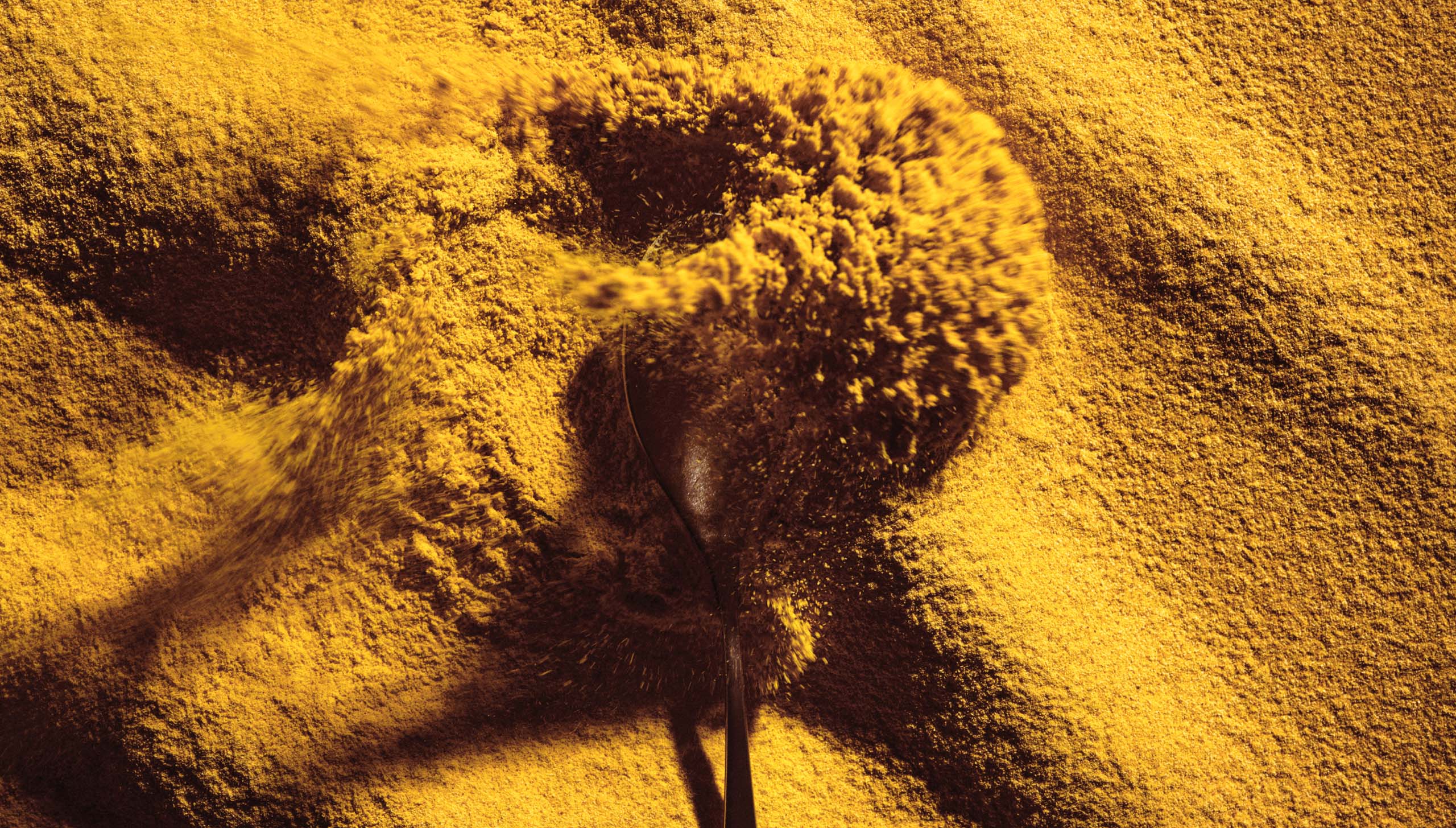
4. Functional protein powder
Solein easily vanishes into foods, sweet and savoury, which makes it ideal for virtually any food imaginable. It’s highly nutritious, vegan, and caters to every diet around. The macronutrient composition of the cells is very similar to that of dried soy or algae, but it is more versatile since it has pleasant note of umami flavor and mild aroma.
| PROTEIN | 65-70 % |
| FAT | 5-8 % |
| DIETARY FIBRES | 10-15 % |
| MINERAL NUTRIENTS | 3-5 % |
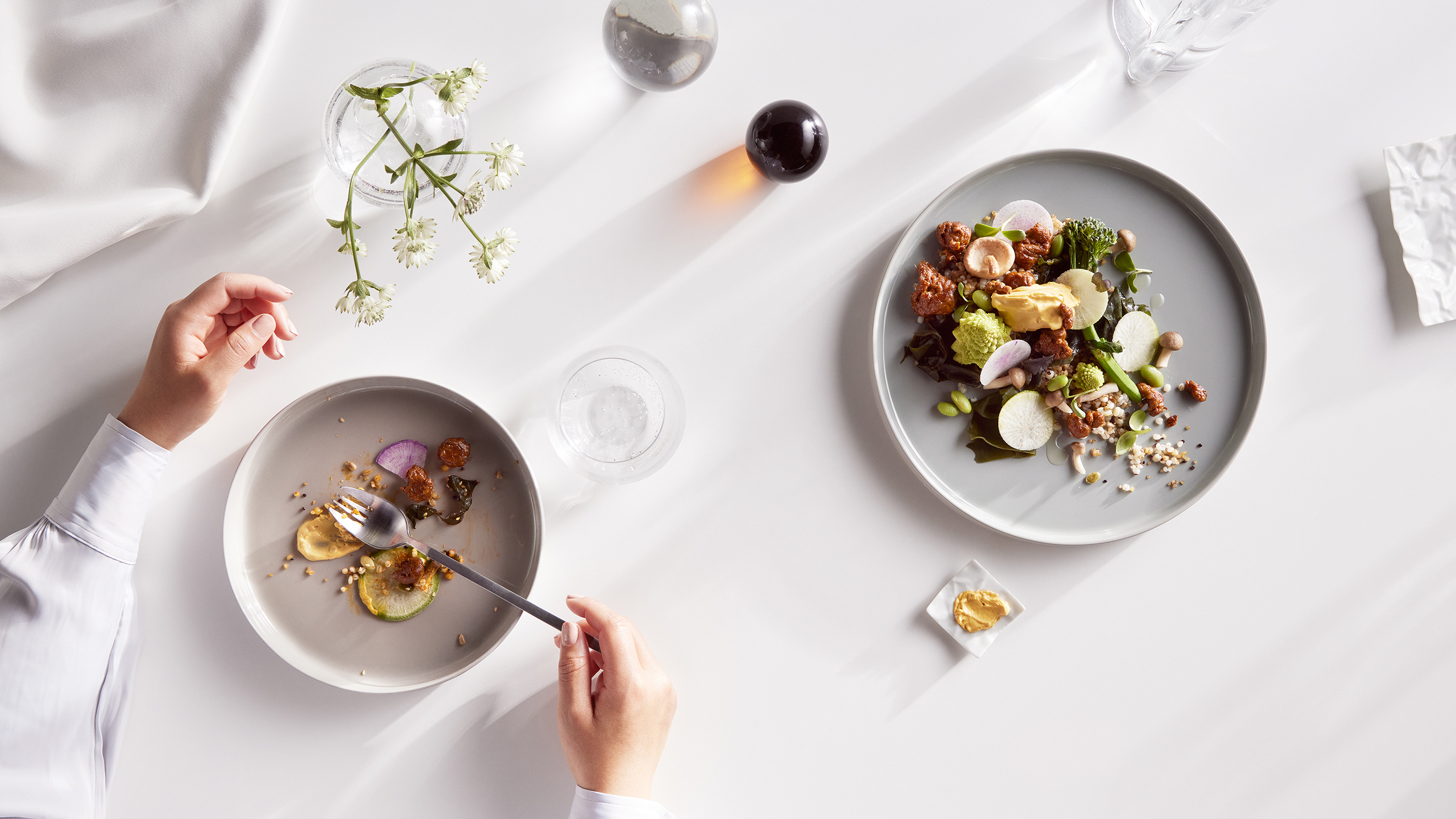
5. Endless possibilities
Since our bioprocess does not require land, it can create an infinite food supply for our world. There is no slaughter of animals, cleared forests, pesticides, or fertiliser runoffs in our Solein production process. The possibilities are endlessly sustainable, delicious and nutritious.
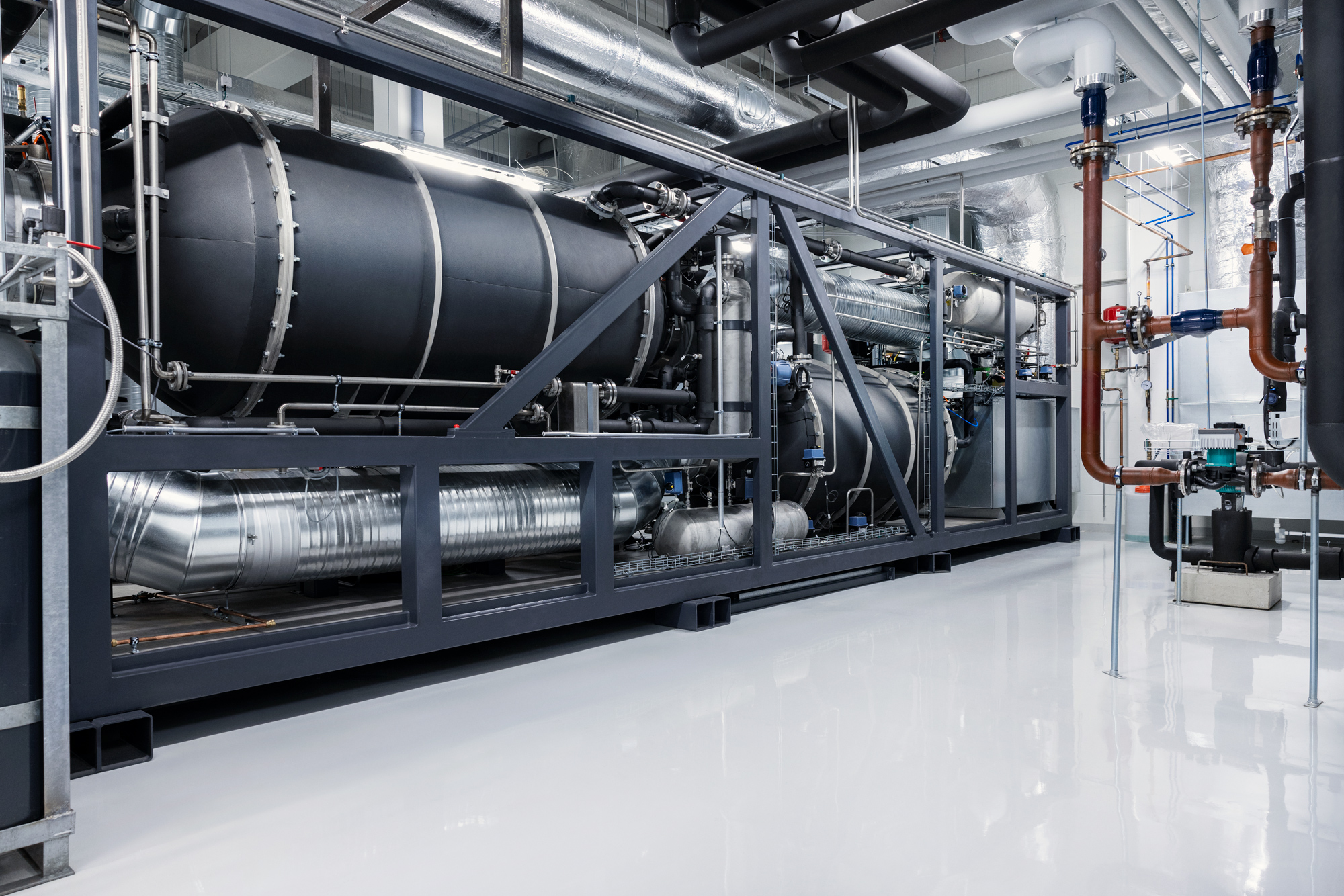
Factory 01: Demonstrating the Future of Farming
The future of food production is here. For the first time in history, growing protein is being detached from agriculture and humanity sees an entirely new harvest being introduced to the world.
The new Solar Foods production facility, called Factory 01, begun construction in 2021; Solein production started in spring 2024. But Factory 01 is also much more than a simple production facility. It represents a major leap to our global food system, demonstrating the possibilities of our scientific platform and its scalability. With Factory 01, we want to offer the food industry and the public a completely new perspective on the future of food.
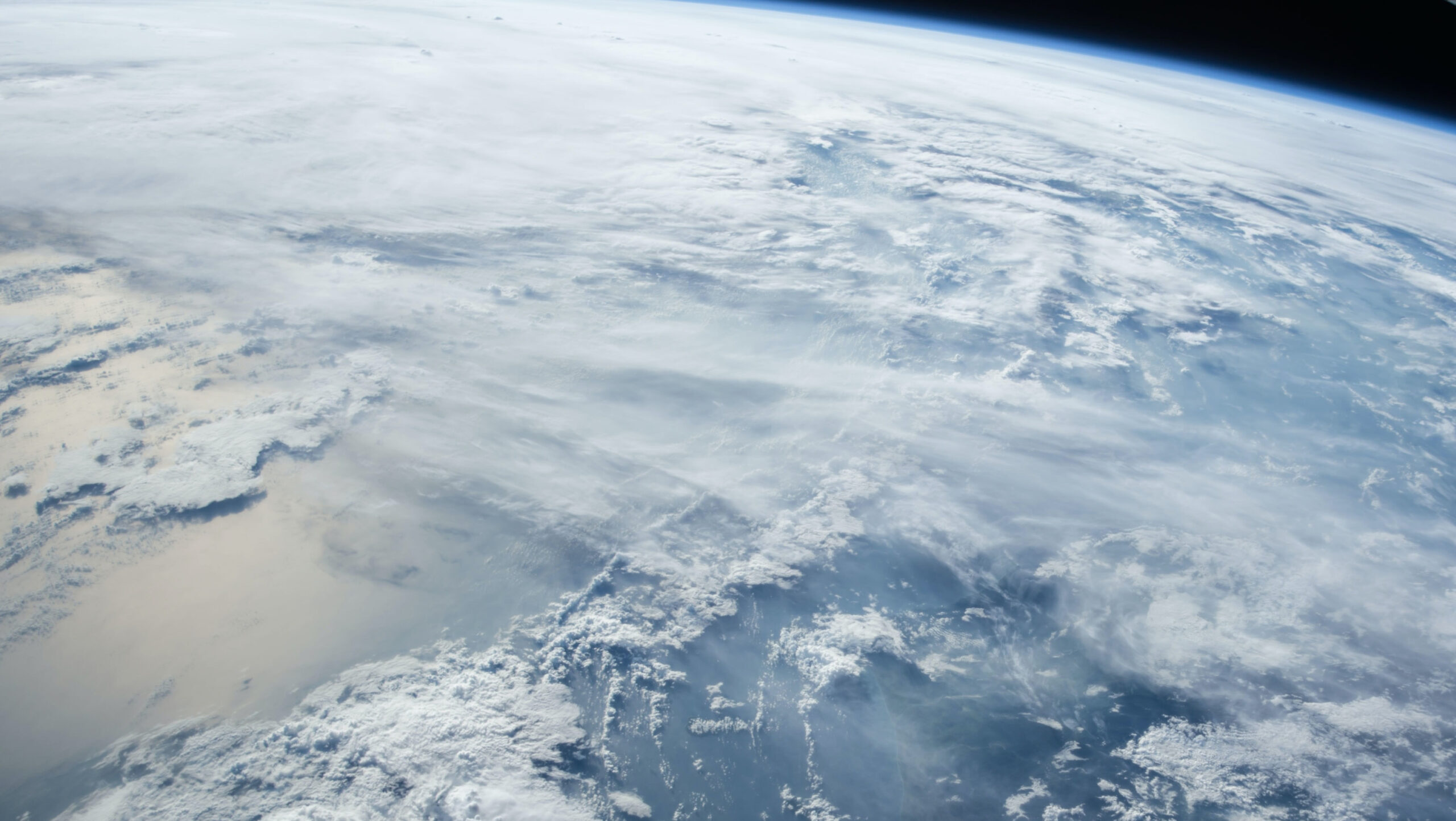
Space and beyond
Imagine an astronaut braving outer space on a mission to Mars, a relief worker saving lives in a natural disaster zone, or a researcher living ten months of the year on the cold plains of Antarctica. How do they solve the most basic of questions: how do I feed myself?
Producing protein without traditional agriculture could change our daily meals, but also help people survive in space and beyond. The Solar Foods team studies how Solein production applies in common facility environments, but also in the most challenging conditions known to humanity.


